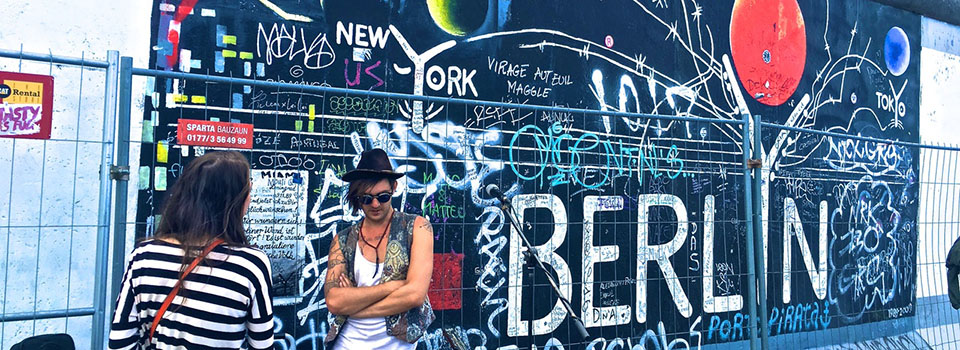
An exhibition of Berlin artists, organized by the Christian Boros Collector’s Foundation, will open at the club. All proceeds benefit the institution, which closed its doors in mid-March due to the coronavirus pandemic.
Berlin’s Berghain is notorious for its strict firewalls. At normal times not everyone can get into the club: at the entrance a large proportion of applicants are sent back. The Internet regularly publishes recommendations on how exactly potential guests should dress and behave to get inside, but even their observance does not guarantee success. However, since September 9 Berghain will open its doors to all. The façade control has been temporarily lifted. The club will be open as an exhibition space until the restrictions caused by the coronavirus are lifted.
The project, called Studio Berlin, will bring together works by more than 80 artists whose creative biographies are connected with the capital of Germany. Among them are true stars of the contemporary art scene: Olafur Eliasson, Wolfgang Tilmans, Tacita Din, Anne Imhof, and Isa Genzken. Of course, Sven Marquardt, the famous photographer who had worked at the Berghain Club for many years as a face-controller, could not be spared. There are no genre or other restrictions. The exhibition will include paintings, sculptures, photographs, videos, installations and performances. Next to the works of prominent masters there will also be the works of young artists.
The exhibition is supported by the Boros Foundation, founded by the German entrepreneur and collector Christian Boros. This is not his first collaboration with Berlin clubs. The foundation’s main collection is now housed in a bunker building built in the early 1940s. Before it became a museum, the space also managed to be a techno club. Boros says the Studio Berlin project’s primary goal is to support Berlin artists as well as the Berghain, which closed its doors on March 11. The idea for the exhibition arose during this period, so the project only includes new works created in Berlin’s workshops during the quarantine period.
The exhibition will occupy the entire space of the club with a total area of 3,500 square meters. It will use the dance floor, bar Panorama, and even the notorious “dark rooms”, which the average visitor simply can not get into. Part of Berghain’s aura is going to be preserved, though – the organizers have already announced that taking pictures inside the studio is prohibited.
It’s possible to visit Studio Berlin by pre-registering online on the site. Tours are promised in several languages. “For the first time in history, everyone will be able to enter, even grandmothers on walkers,” says Christian Boros.
Germany’s nightclubs have suffered huge losses during the pandemic. There is still no talk of resuming their work in the former regime. Owners in different ways are struggling with the crisis. Some repurpose the clubs in beer, others give the area under the flea markets and other permitted activities. Many experts believe that the cooperation of clubs with contemporary artists is one of the few chances to save institutions with a unique history, including the Berghain, recognized in 2016 as an object of cultural significance on a par with museums and the Berlin Philharmonic.